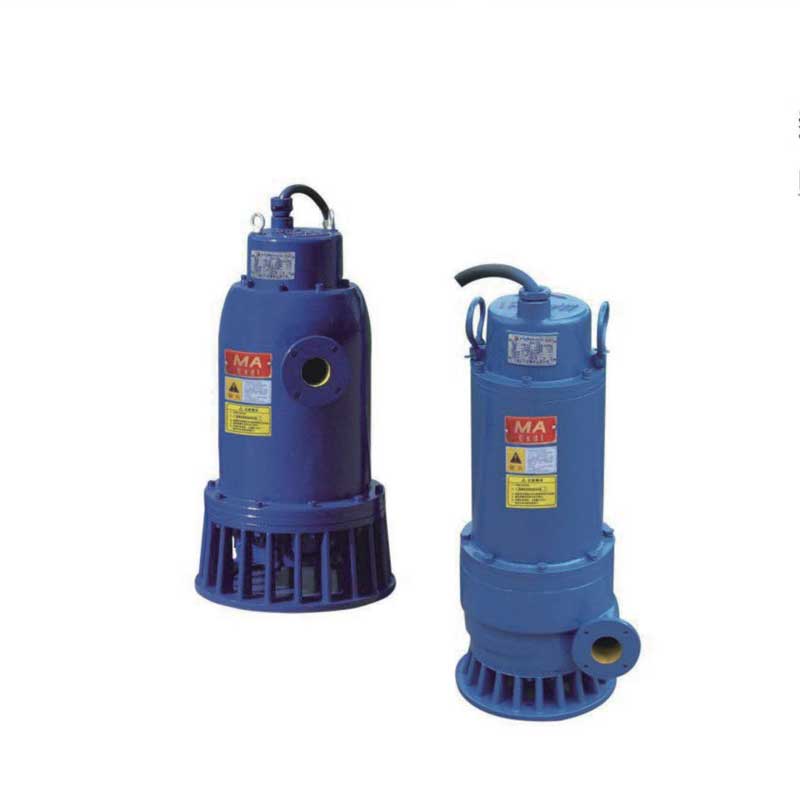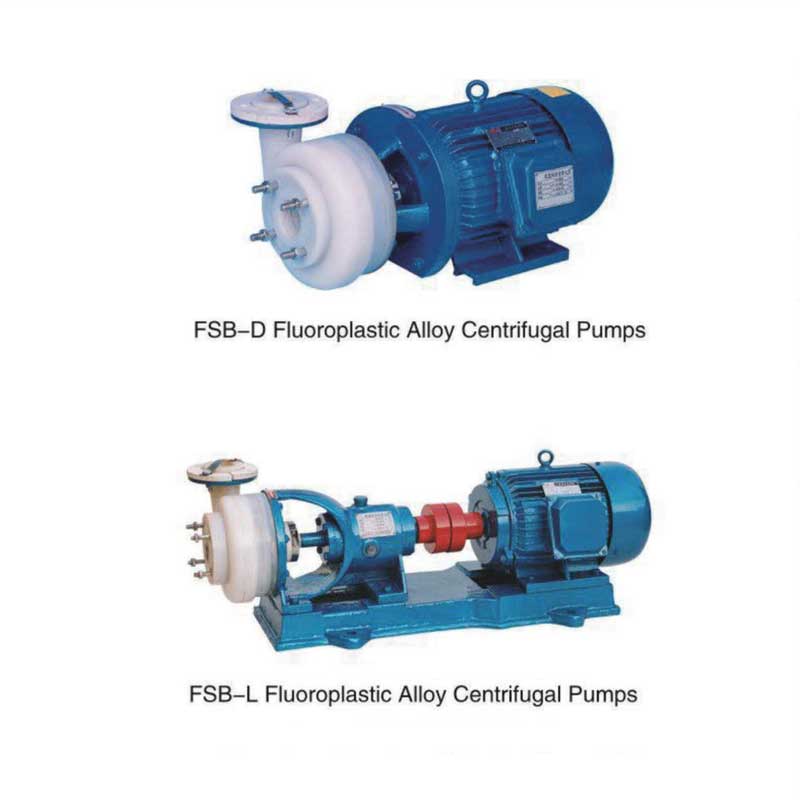In 2021, the market cap for the pulp and paper industry was around $351.53 billion (bn). The next year, it went up to $354.39bn, and is expected to reach $491.8bn in 2023. China and the United States are the largest producers of pulp and paper, standing close to each other at first and second rank. The U.S. has been one of the leading paper producing nations for decades.
Pulp and paper production underwent a boost after pumps were put to use. Though pumps were initially involved for limited operation, the scenario has undergone changes and innovations in today’s world. From chipping down the wooden logs to preparing the final products, pumps are now employed at almost every step to boost production, enhance quality, save time and cut down costs. Oil Rotary Vacuum Pump Factory

The production of pulp and paper involves several stages, each with specific requirements:
Image 1: Stages of pulp and paper production
Initially, wood logs undergo processing, which includes debarking and chipping. The chipped wood is then subjected to either mechanical or chemical pulping methods to separate the cellulose fibers. The resulting pulp undergoes refining, bleaching and cleaning processes before being fed into the paper machine. Finally, the paper is dried, coated and wound onto rolls or cut into sheets.
Each step necessitates efficient pumping systems to ensure smooth operations, better production, greater quality, sustainability and efficiency. However, using the wrong set of pumps— or having specific pumps for specific operations—could shoot up the production cost resulting in inefficient processes.
Water usage is another factor that can have a huge impact on the overall production cost and efficiency of pulp and paper production. Usually, it takes around 100 liters (L) of fresh water to produce 1 kilogram (kg) of paper. On a bulk scale, if a paper plant has to prepare at least 1,000 kg of paper, it would take around 105 L of fresh water. This amount can lead to serious threats of water wastage.
Since most pulp and paper manufacturing plants are equipped with efficient and robust pumping machines, these wastes can be reduced to an extent to maintain water quality and equilibrium in the atmosphere. But not all manufacturing plants are equipped with a proper pumping system, which can raise water level deployment or water pollution at an alarming rate. Even if these plants have pumps to carry out this operation, their pumping systems are not competent enough to recycle most of the water waste.
Here are some of the most commonly used pumps in the pulp and paper industry:
Selecting the appropriate pump for your pulp and paper application is crucial for achieving optimum performance, energy efficiency and reliability. When choosing a pump, consider fluid characteristics, flow rate, head requirements, system pressure and specific process needs. Additionally, the pump’s material should be compatible with the fluids handled to ensure longevity and reduce maintenance costs. The pump’s energy efficiency and reliability are also important considerations.
Image 2: Chemical process pump Various Pump Applications in Pulp & Paper Plants Cooking: wash liquor booster pump, mill water booster pump, white liquor pump, black liquor pump Recausticizer: dilute caustic tank pumps, caustic transfer pump Screening: blow tank transfer pump, sand cleaner feed pump, black liquor pit pump Washing: shower pump for press, dilution liquid for press, wash liquor pump for press Dilution: booster pumps, pump for blow tank, wire shower pump Bleaching: pulp transfer pump, scrubber circulation pump, sulfuric acid (H2SO4) dilution tank pump Fibreline: high pressure sealing water pump, low pressure sealing water pump Evaporator: strong black liquor circulation pump, clean condensate pump, spill transfer liquor pump, cooling tower pumps Recovery: pump on blowdown tank, deaerator feed water pump, heavy fuel oil tank pump Fresh water: river intake raw water pump, utility pumps, fire hydrant pump Pigment coating: lime slurry pump, froth pumps, calcium carbonate slurry pump
In the pulp and paper industry, selecting the right pumps is essential for achieving efficiency, reliability and sustainability. The industry faces challenges such as environmental concerns and the need for sustainable practices, which can be addressed through pump selection and operation. Centrifugal pumps, diaphragm pumps, submersible pumps and positive displacement pumps are commonly used in the industry, each offering specific advantages and considerations.

Sewage Water Pump Sudiptaa Paul Choudhury is an award-winning techno-marketing executive with 20 years of in-depth experience in building purpose-driven, measurable, scalable global/local branding and marketing strategies. She works collaboratively with CXO’s, sales, product/services, HR and finance. At DAE Pumps, she is the marketing contact. For more information, visit www.daepumps.com.